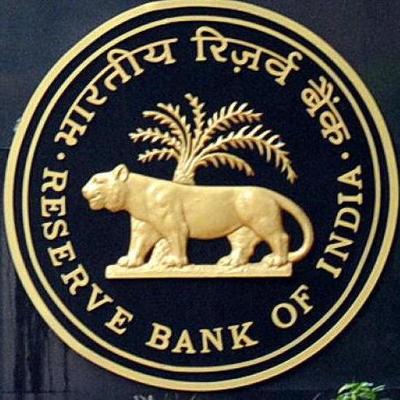
To ensure effective transmission of its policy rate decisions by banks, RBI today proposed a uniform methodology for calculation of their base lending rates on the basis of marginal cost of funds.
Many banks currently follow average cost of funds or ‘blended cost of funds (liabilities) method’ for calculating the base rate, while a few already take into account the proposed measure of ‘marginal cost of funds’.
“For monetary transmission to occur, lending rates have to be sensitive to the policy rate,” said draft guidelines on ‘Transmission of Monetary Policy Rates to Banks’ Lending Rates Base Rate Guidelines’.
As per the draft, components of Base Rate will include cost of funds, negative carry on CRR/SLR, un-allocable overhead costs and average return on networth.
“The marginal cost of funds should be used for computing the cost of funds. The marginal cost should be arrived at by taking into consideration all sources of fund other than equity,” it said.
Also, cost of deposits should be calculated using the latest interest rate/card rate payable on current and savings deposits and the term deposits of various maturities.
“Cost of borrowings should be arrived at using the average rates at which funds were raised in the last one month preceding the date of review. Each of these rates should be weighted by the proportionate balance outstanding on the date of review,” the draft said.
In spite of RBI Governor Raghuram Rajan coming down heavily on banks for not passing on the entire benefit of its 75 bps rate cuts since January 15, the lenders have reduced base rates only by about 30 bps, citing higher cost of funds.
At the last monetary policy review on August 4, Rajan had even linked next easing to banks cutting their rates more aggressively.
In the first Bi-monthly Monetary Policy Statement 2015-16 in April, RBI had said that in order to improve the efficiency of monetary policy transmission, it will encourage banks to move in a time-bound manner to marginal-cost-of-funds-based determination of their Base Rate.
Banks currently follow different methods for computing Base Rate. While some use the average cost of funds method, some have adopted the marginal cost of funds while others use the blended cost of funds (liabilities) method.
“It was observed that Base Rates based on marginal cost of funds are more sensitive to changes in the policy rates.”
Yesterday, HDFC Bank and Canara Bank had further cut their base rates. RBI has proposed April 1, 2016 as the effective date to implement the guidelines.
The draft further said the new method will be helpful in the medium term goal of banks pricing their floating rate loans linked to an external benchmark.
Once Financial Benchmarks India Pvt Ltd (FBIL) starts publishing various indices of market interest rates, banks will be encouraged to price their deposits as well as advances with reference to the external benchmarks published the FBIL, it added.
RBI has sought comments on the draft guidelines till September 15.
Comments
Post a Comment